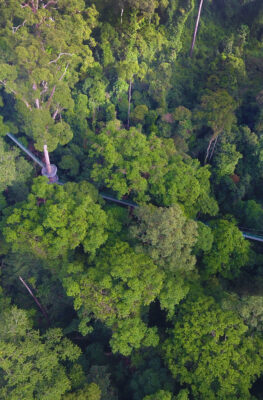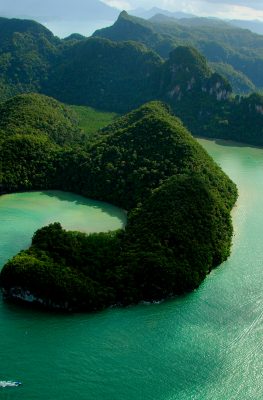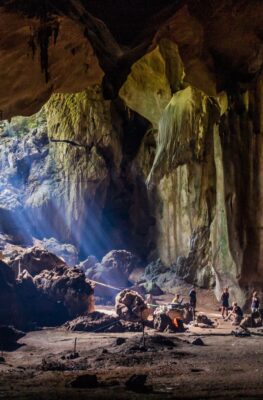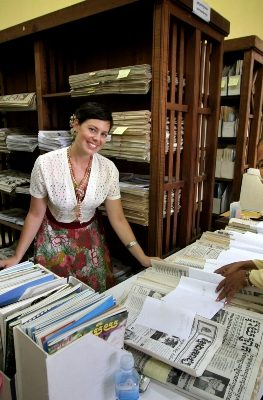Published on December 8, 2014
The sites listed here allow visitors to relive the cultural ferment brought on by centuries of trade and colonization within the sultanates and territories that now make up Malaysia.
1.1. Bandar Hilir, Melaka
Fought over by European powers in past centuries, Melaka's historical quarter still bears reminders of Malaysia's colonial past.
1.1.1. Porta de Santiago (A’FAMOSA)

The Porta de Santiago in front of Saint Paul's Hill is all that remains of fortress walls built in 1511 to consolidate Portuguese control over Melaka. Over 300 years later, the walls were in the process of being torn down by the British until Sir Stamford Raffles intervened in 1810. The few remnants hearken back to the powers of the era, from a Dutch coat of arms over the gate to cannon that still guard the entrance.
1.1.2. Stadthuys
Dominating Melaka's Dutch Square, the grand Stadthuys (Town Hall) was built by the Dutch in 1641 shortly after their takeover. Now the oldest remaining Dutch colonial building left in Southeast Asia, the Stadhuys has served in turn as the Dutch governor's residence and Melaka town hall; today it houses the History and Ethnography Museum as well as Literature Museum.
1.2. George Town, Pulau Pinang
The city of George Town was the very definition of "cultural melting pot" during its time as a major British possession, as evidenced by the city's ancient and still thriving structures.
1.2.1. Cheong Fatt Tze Mansion
Built in the 1880s by the wealthy Peranakan tycoon Cheong Fatt Tze, the award-winning "Blue Mansion" uses Chinese geomancy (feng shui) to harmonize its Su Chow Dynasty period architecture, English fittings and Art Nouveau stained glass windows. If one afternoon won't cut it for you, you can stay on as the mansion is also a boutique hotel, offering a truly unique heritage experience. Tel: +604 262 0006, www.cheongfatttzemansion.com.
1.2.2. Street of Harmony
Four houses of worship on Penang's "Street of Harmony", Jalan Masjid Kapitan Keling, demonstrate the city's historic ethnic harmony. St. George’s Church, the first Anglican church in Southeast Asia, stands at the northern end. As you walk south you'll come across the Goddess of Mercy Temple, one of Penang’s oldest surviving buildings; the oldest Hindu temple on the island, Sri Maha Mariamman Kovil; finally, across the Lebuh Chulia intersection, the imposing Kapitan Keling Mosque rises above the rooftops. Tel: +604 264 2631 (Penang Heritage Trust) / +604 261 6606 (Penang Heritage Centre).
1.3. Sarawak Cultural Village, Sarawak

Touted as a "living museum", the Sarawak Cultural Village encapsulates Sarawak's cultural diversity, showcasing the lifestyle of the state's many ethnic groups. Start with the traditional dwellings of the Melanau, Bidayuh, Iban and Orang Ulu communities, and finish off by watching an elaborate cultural performance, held twice daily for guests. Sarawak Cultural Village is the venue for the annual Rainforest World Music Festival. Tel: +6082 846 411, www.scv.com.my.






